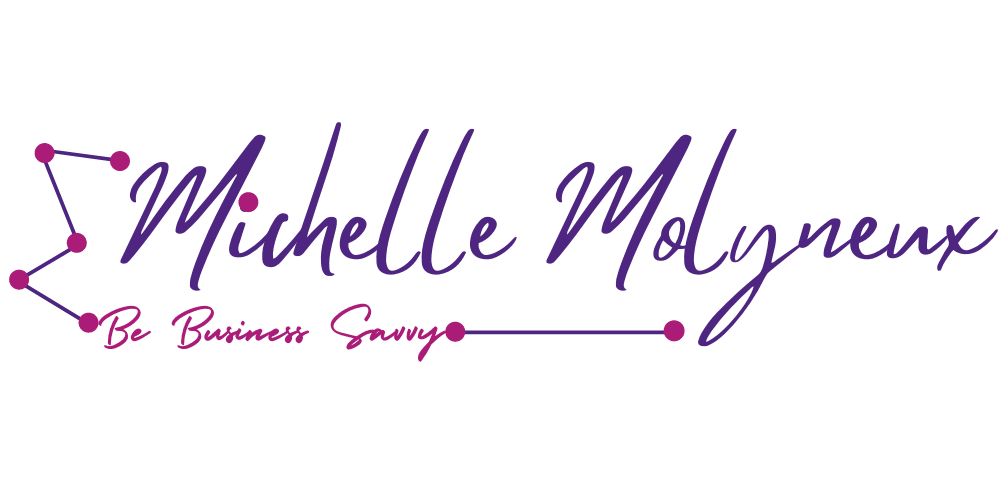Threats to our technology come from many different sources, and protecting our data can seem like a never-ending job. It is.
It has been well documented that cyber security increased during recent years in personal attacks and those targeting businesses. The National Cyber Security Centre (NCSC) state in its annual report that there has been an increase in online threats.
Whether we use desktops, laptops, tablets or other mobile devices, they all rely on a range of good housekeeping measures to attain the best possible levels of cyber security for the business and the data it handles.
What is Cyber Security?
Cyber security refers to protecting electronic devices, computer systems and entire networks against data loss, theft or corruption. That might even involve disruption to the business and its services, expensive legal proceedings (in the event of a data breach) and irreparable damage to a business or brand.
As we can see, cyber security is a vital tool for GDPR compliance and the business itself.
With those things in mind, here are just a few important things to ensure you’ve got it right.
Move away from unsupported software.
Software, including operating systems, apps and free trial versions, almost always comes with a limited shelf life. That might not always mean replacing them, but it does mean keeping them up to date, replaced or subscribed to in order to access support and updates.
Always download and install the latest software and app
The latest software and apps are vital. The landscape of cyber security changes daily, with new threats emerging all the time. These threats can take advantage of vulnerabilities in even the most well-known software and apps; updates address them.
Run up-to-date anti-virus (even on a Mac)
One of the most important aspects of IT security is the software designed to identify, locate and remove dangers to your IT infrastructure. Keeping it up to date will ensure the barrier between your data and cyber criminals is as robust as possible.
Use strong passwords
Yes, it can be a hassle… Those long, alpha-numeric passwords with a capital letter here and there and some symbols are thrown in for good measure. However, they are infinitely more robust than “Password123” or the name of your favourite cat that you might have shared on social media.
Most modern browsers and even some ingenious software apps offer to remember them for you, too, safely and securely.
Two-Factor Authentication
Two-factor authentication sends a message, often to a pre-agreed mobile number or alternate email address. Typically it includes a code or link that forms part of a two-stage login process for websites, apps and software.
You enter your login credentials at stage one.
You enter the code or click the link sent to you (and only you) at stage two.
Delete suspicious emails and avoid clicking links
The human element is one of the weakest links in data loss, making training and awareness important for your teams. Phishing emails can seem incredibly realistic, and sadly, many people fall for them, clicking links that install malware or give cybercriminals access to your data.
Back up your data
It is good practice, and it makes sense. Many IT hosting platforms perform several backups daily for the clients they work with, but for smaller businesses, it isn’t difficult to set up. Backups are one of those things, you might go years with no need to for them, but when you do, you really do.
For help and advice on backing up your data, get in touch.
Training
Even the most secure and up-to-date systems are at risk if people are not trained to get the most out of them. Training your team on cyber security awareness is important. Not just from a hardware point of view but from risks such as social engineering, phishing attacks and the use of deception by cybercriminals to obtain confidential information.
If you would like to learn more about how to make your business stronger against the threat of cybercrime and data theft, I’d love to help. Get in touch today to schedule a free chat.

